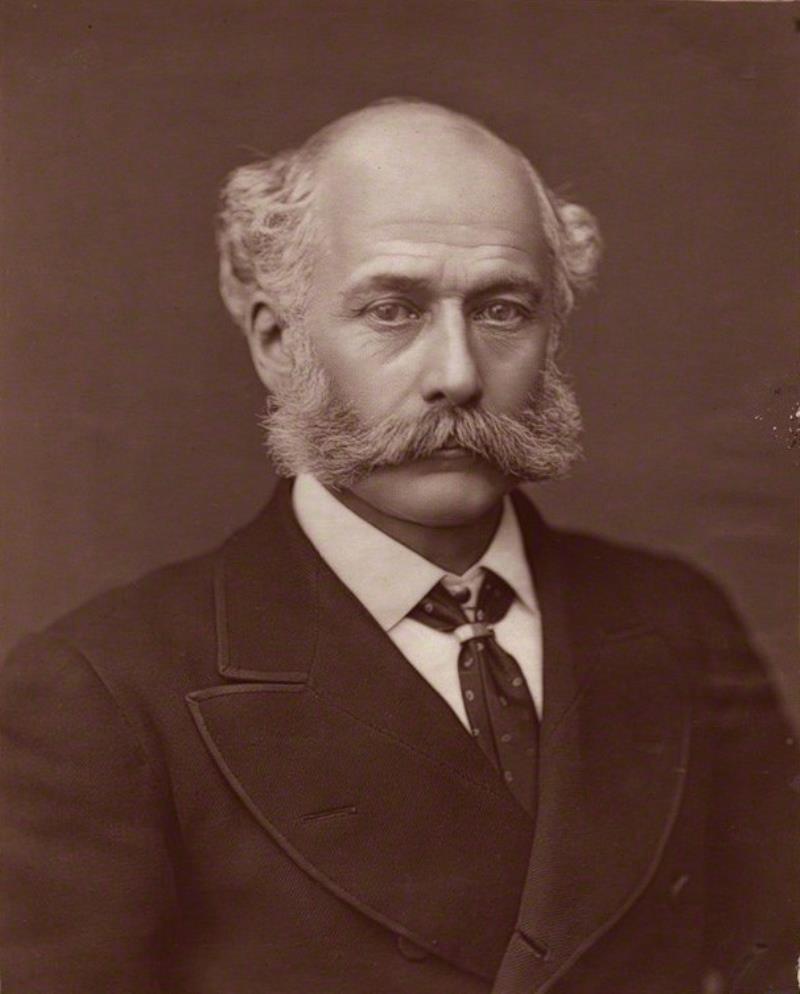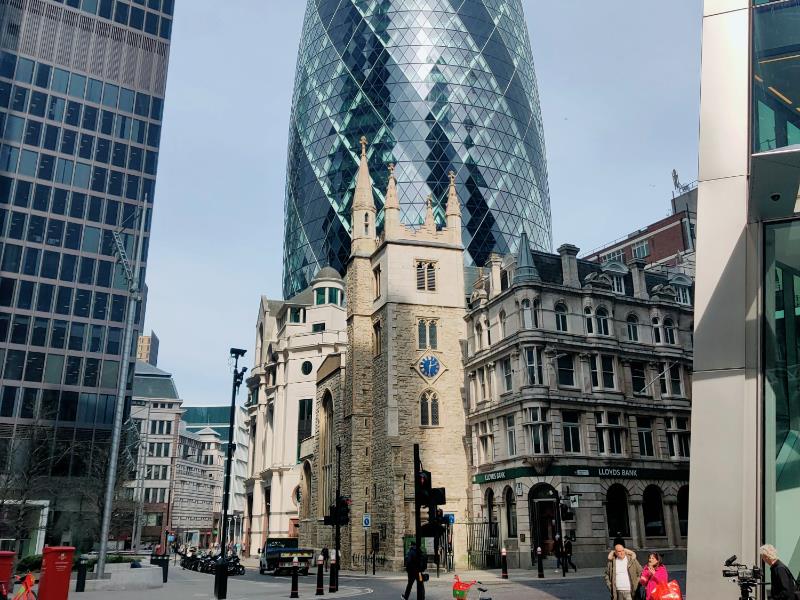London Sewerage Infrastructure
Home / Wiki / London Sewerage InfrastructureLast updated Tue 26 Apr 2022
The sewerage infrastructure of London is an impressive feat of civil engineering. Joseph William Bazalgette was the champion of the modern iteration of the sewerage infrastructure, and the current system is still largely the same as his designs from the 1860s.
Concerns Of Cholera
In the early 19th Century, London had grown at an incredible pace that no Victorian city planner had accounted for. The city's growth was owed to the development of local factories, which required workers to operate, who themselves required housing to live in. As the city became increasingly dense, the existing sewerage system, which had been in place for centuries, became overwhelming insufficient, and human waste began to flow openly along the streets.
As a result, London suffered a series of large cholera outbreaks starting in 1832. The city can barely contain this first epidemic, and tens of thousands of citizens, a significant portion of the then-current population, are left dead. Bazalgette returned to London in 1849, a year after city officials had ordered the closing of thousands of existing cesspools of human waste. With the cesspools closed, the sewerage had again contaminated drinking water, and London was deep into the grips of a second cholera outbreak by Bazalgette's return. Knowledge of cholera being water-borne had not yet been recognised by London scientists, though they did believe it was transmitted via 'foul smells'.
The Great Stink
The River Thames, once a proud centrepiece of London, had become an openly-obvious hazard to human health by this stage. The river was little more than an open-topped sewer, as was common with many of the street-sewers spread throughout the city. Each sewer attempted to pass under roads, but ultimately, they all terminated at the River Thames, which was no longer able to account for the pace at which the city was expanding.
In the summer of 1858, the uncommonly-high heat causes the Thames to produce 'The Great Stink of London'. Every region and building bordering the Thames is overwhelmed with the odour of untreated human sewerage, including Parliament House, and laws are rapidly implemented to allow Bazalgette to begin work on his sewerage proposal from 1854.
Joseph William Bazalgette

A portrait of Sir Joseph William Bazalgette
Bazalgette had, himself, lost some family to the various cholera outbreaks affecting the city. By 1849, some sewerage tunnels had been placed throughout the city, though it was a known fact that these tunnels were insufficient, leading the city to seek a systematically superior solution. Bazalgette is appointed to the task under head engineer Frank Forster, though Forster soon quits shortly before his death in 1852. Come 1854, Bazalgette introduces his radical solution, a unified sewerage system spanning more than 132km of enclosed underground brick sewer mains and 1,800km of street sewers all spread throughout London to accommodate the expanding population.
In addition to the expansive sewers, he also included plans for major pumping stations, outfall systems, and balancing tanks. While an act was passed in 1855 to create the authority needed to perform the necessary work on all of the affected roads, bridges, lighting systems, and so on, it is only after the 1858 incident that Bazalgette's proposition is taken seriously by the government.

An example of what the tallest buildings Bazalgette had to consider would have looked like
Future Considerations
Unfortunately, political scrutiny on the project is immense. Some think he is not doing enough to account for the current population of London, while others would like to see the waste sent to country farms as fertiliser. However, the Great Stink places pressure on the government, and Bazalgette's proposal is deemed most likely to create an effective improvement in the shortest period of time.
Bazalgette himself, however, took his work extremely seriously. He had already suffered multiple mental breakdowns on previous projects due to his extreme dedication to the task at hand, and the London sewerage renovation would prove no different. There are still numerous preserved plans kept by the British government to this day that show the level of detail he went into for every kilometre of sewers, with hand-written notes on each blueprint.
Considering the breadth of the task, Bazalgette knew it was unlikely that anyone would get a second chance anytime soon. As a consequence, Bazalgette did what he could to ensure the system was capable of handling all of the waste of the city's population, and then he doubled the breadth of the sewers to account for future generations.
Bazalgette's Legacy

A building of similar height to those around in Bazalgette's time, dwarfed by modern skyscrapers
At the time, urban density was still quite low, despite the strain present on London's infrastructure. While very few buildings in the urban centre would have had more than a handful of stories, the London of 2022 is overflowing with skyscrapers and other extremely tall, extremely dense buildings. Fortunately, Bazalgette's gambit with the size of the sewerage tunnels paid off, and while the system has experienced extensive strain in the modern-day, it is still largely the same as the system he designed and implemented.
The River Thames, while still significantly polluted, is no longer an extreme hazard to locals. This is owed to a combination of the improvements in the sewerage system as well as a decline in river-based trade throughout London, as modern infrastructure and trade systems allows business to be conducted elsewhere. In 2010, the River Thames was even awarded the International Riverprize, an award designed to recognise the restoration and protection of world rivers, in-part owing to the return of marine life to the river.
Mitchell Severns
22 Mar 2024
Verified
Had Mitch from Aptus come out to my rental over the weekend to sort out my hot water - super quick to arrive at the property and got the job done with ease, top bloke 👍🏼
Samantha Dar
22 Mar 2024
Verified
Had a gas leak and the response from Aptus was immediate. The guy that came out after hours was Mitch. He was fantastic, informing me of his ETA. He was efficient, friendly and helpful. He got the job... more
Karishma Yanamandala
15 Mar 2024
Verified
I loved aptus plumbing and gas. The quality of work was excellent. The customer service was excellent. My family was extremely pleased with the work performed. Aptus was efficient, reasonable and kind... more

We happily service all areas of Brisbane. Get in touch today.
And enjoy peace of mind with a dedicated team on call 24/7
